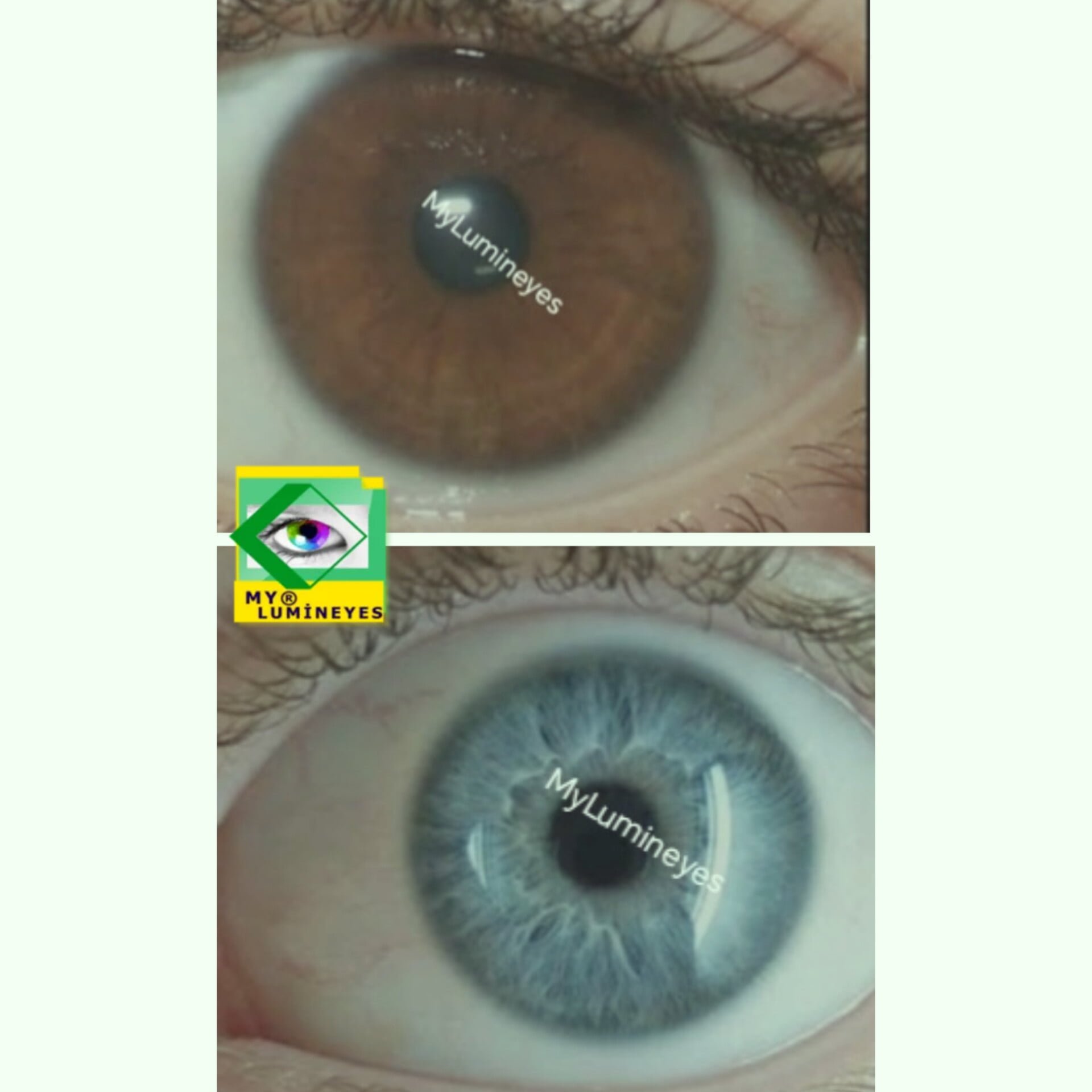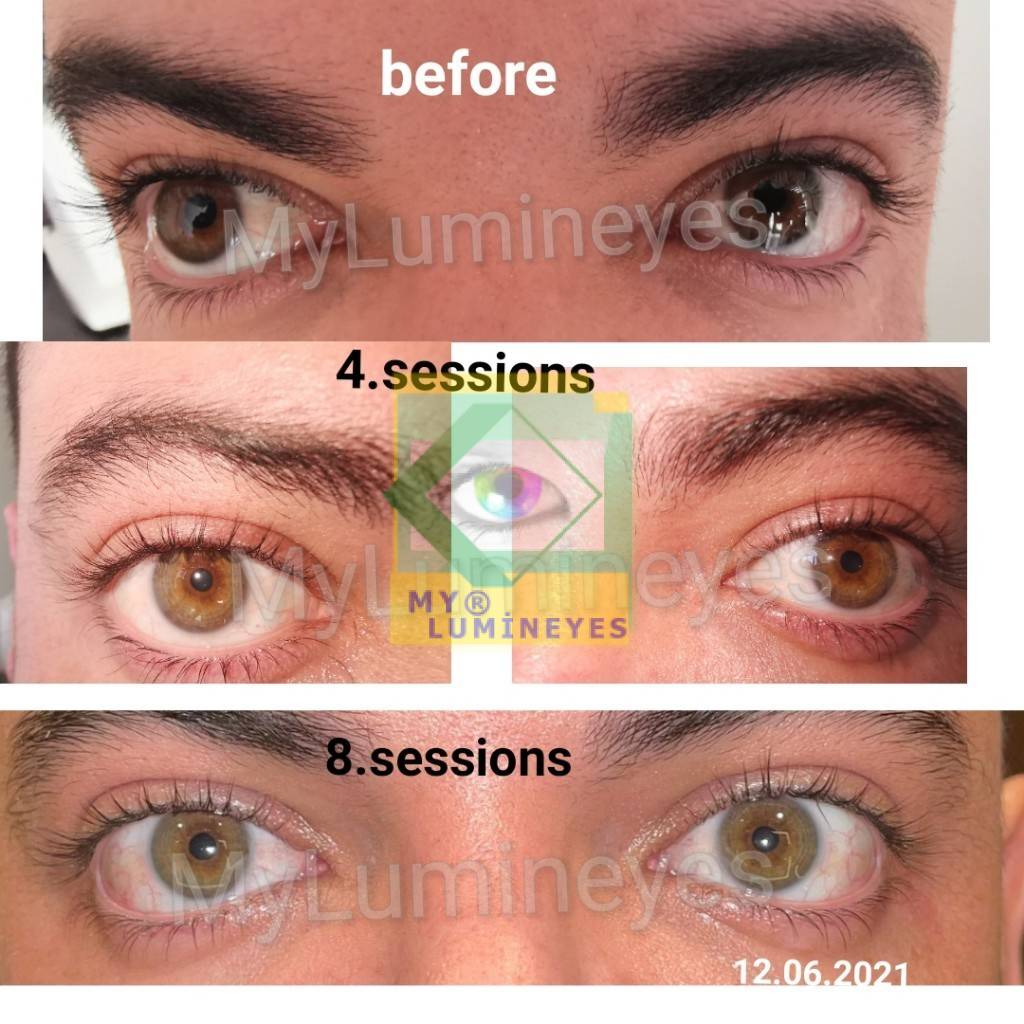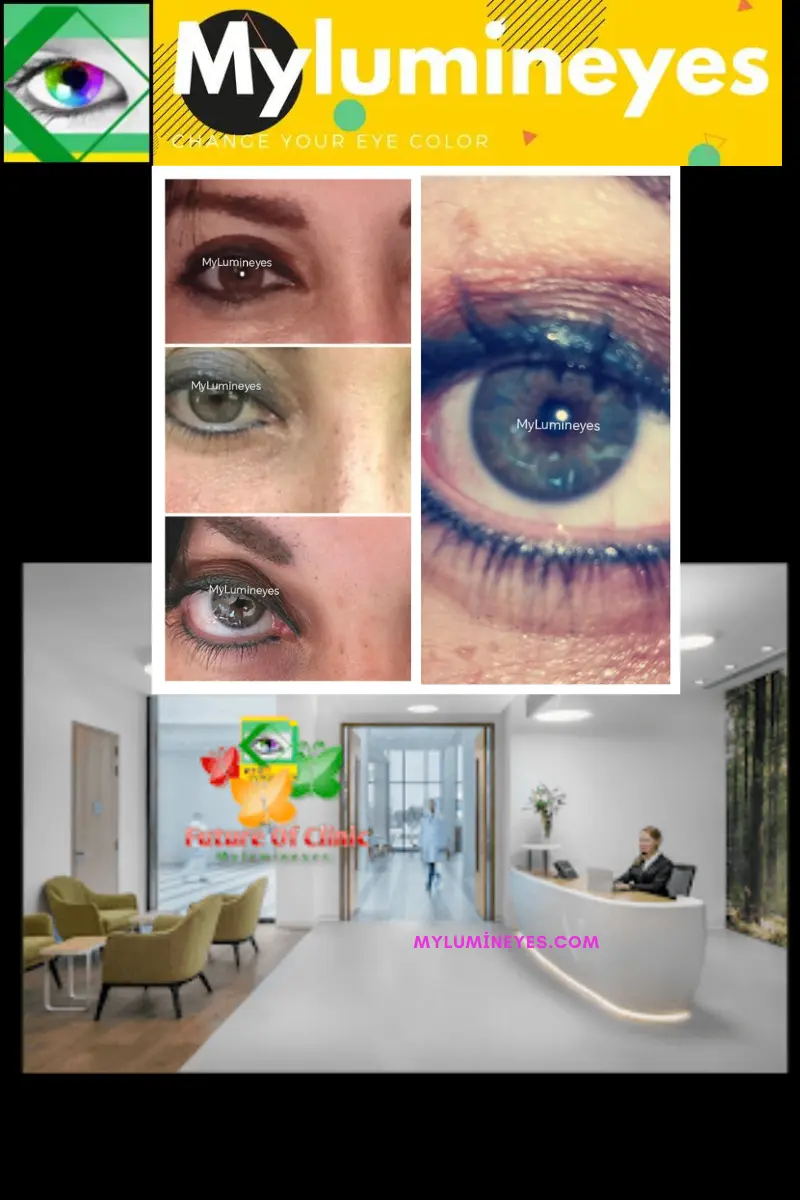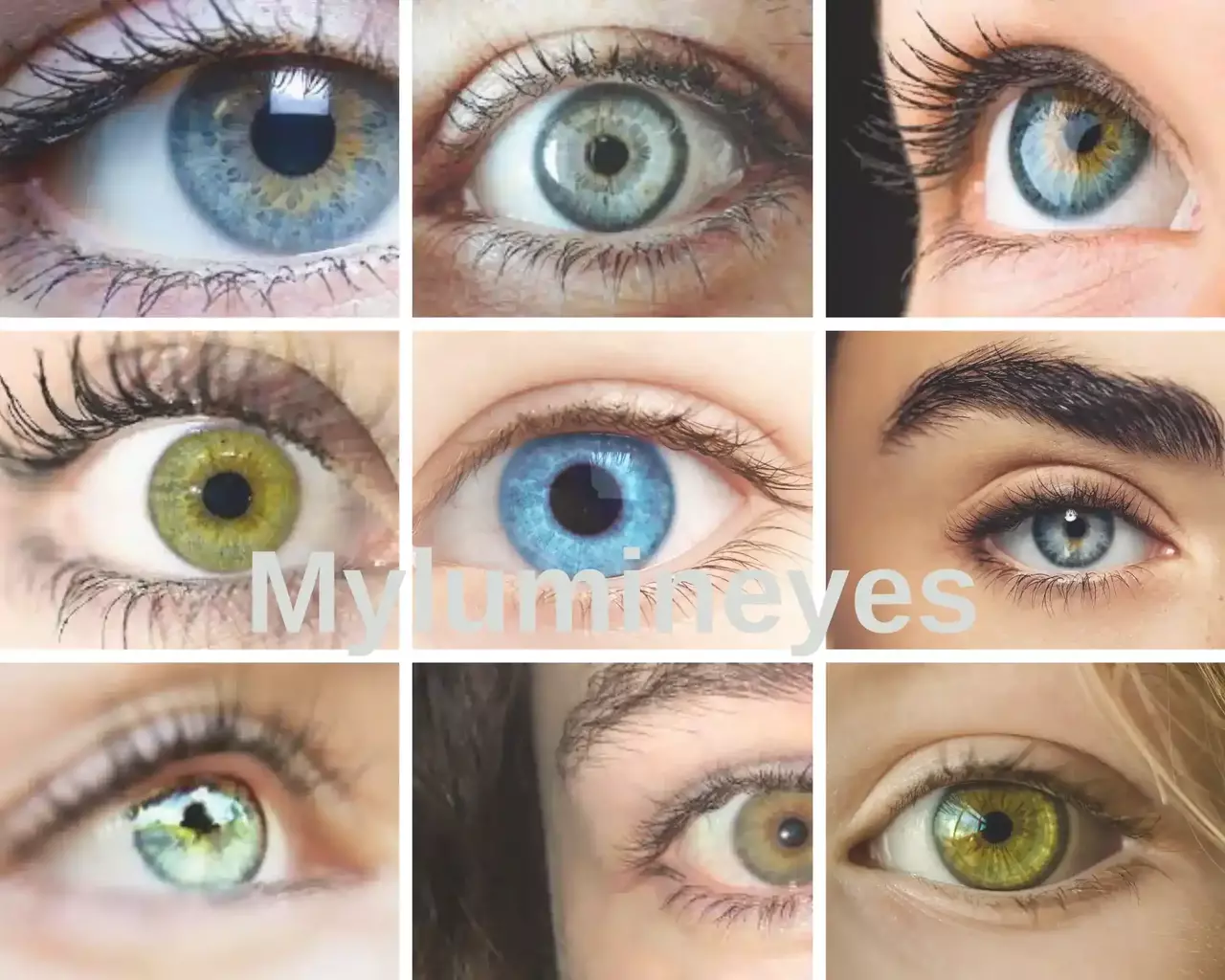What are amber eyes and honey-brown eyes?
Brown eyes vary in color from dark, coffee-colored brown to bright amber or honey brown. The color brown is associated with the earth and the natural world, and research shows that people with brown eyes are seen as more trustworthy. People of Asian, Spanish, South American, and South African origin often have amber eyes. Amber eyes resemble a gorgeous honey color. People with hazel eyes often have their eye color characterized as light brown, golden, brownish-green, or as the color of hazelnuts, similar to its namesake.
The intricacy of characterizing the eye color stems from the fact that its hue varies based on the surrounding light. Amber eye color are reportedly one of the rarest eye color, with just roughly 5 percent of the global population possessing them. Amber eyes contain mostly the pigment lipochrome and less melanin.
This eye color may vary in color from a light golden brown to a rich honey brown colored eyes.

Amber eyes are quite uncommon-rare
According to the majority of reports, only approximately 5% of individuals have real amber colored eyes. If your eyes are golden or yellow in color, then you have amber eyes. There are several colors of amber, which some individuals describe as copper, gold, or an extremely light brown. If there is no pigment (melanin) in the front layer of the iris, the eyes will be blue or gray.
The color of your eyes is really pretty. Also, they don’t happen very often. While it’s not clear how many people actually have them, scientific studies show that less than 0.1 percent of people in the world do.
Some individuals refer to this eye color as “golden.” Others use phrases such as “copper” and “yellow.”
- In reality, most of our perception of eye color is subjective. As with other eye colors, a person with amber eyes acquires their hue via inheritance and genetics.
- The two main things that determine eye color are how light moves around the iris and the color of the iris itself.
- People with amber eyes are thought to have had those eyes since the earliest hominids appeared on the geologic record.
Amber eyes are yellowish, golden, or copper in color and lack brown, green, or orange specks. If your eyes are amber, you are likely of Spanish, Asian, South American, or South African origin. Amber eyes are among the rarest eye hues seen in humans, which explains why individuals with them tend to rank among the world’s most beautiful eyes.
If your father had amber eyes and your mother had hazel eyes, it is likely that you have a golden eye color
If you had two amber eyes as biological parents, you would have a copper-colored trait. Some ocular experts believed that recessive genes also contributed to eye color. It is challenging to characterize amber eyes. This is because amber tints may be light or dark and include yellow-copper, green-hazel, and brown tones.
A person has amber eyes when the reflecting light from their iris reflects a golden color that is almost transparent. In addition, many individuals with Wilson disease exhibit Kayser-Fleischer rings, which are greenish, goldish, or brownish rings at the corneal periphery. Copper accumulation in the eyes produces Kayser-Fleischer rings.
What Is the Difference Between Amber and Hazel Eyes?
Hazel eyes are not the same as amber eyes. In addition to the more common green, brown, and orange hues, hazel eyes can contain flecks of amber or gold. Furthermore, amber eyes maintain a constant golden tone, flecks, and waves, whereas hazel eyes may appear to shift color.
There are two types of melanin: eumelanin and pheomelanin.
The eumelanin pigment is brownish-black, while the pheomelanin pigment is reddish-yellow. Amber gets some of its color from eumelanin and some from pheomelanin (also called lipochrome). Many believe that amber-colored eyes have a high concentration ofı pheomelanin.
Red or pink eyes can be caused by albinism or blood spilling into the iris. Because their skin lacks pigmentation, many albinos have extremely light blue eyes. However, red or pink eyes can be a symptom of certain albinisms. Like the gem they are named after, amber eyes can be any shade you can imagine. Amber eyes are a shade of light brown that sometimes has a tinge of copper or gold.
Usually a combination of green, brown, and gold, hazel eyes
Amber eyes are those that are yellow or golden in hue. With only about 5% of people worldwide said to have amber eyes, they are among the rarest eye colors. Less melanin and predominantly the pigment lipochrome make the amber eye color. This eye color can range in hue from a deep honey brown to a pale golden brown.
One of the most desired eye colors is surely hazel eyes. Their name is derived from the color of hazelnuts, and their stunning array of hues nearly gives the impression that they change color throughout the day.
A hazel eyed person typically has a mixture of brown, green, and gold in their iris. It is this that distinguishes them.
Notable as well is the variety of color combinations that hazel eyes provide. While some will be primarily brown, others will be strongly green. For this reason, in person or on video, some hazel eyes are mistaken for green eyes and others are nearly identical to brown eyes. The mere 5% of people with hazel eyes make them not just distinctive but also quite rare. It’s still quite possible to run into someone with hazel eyes, even if you’re more likely to run into someone with brown or even blue eyes.
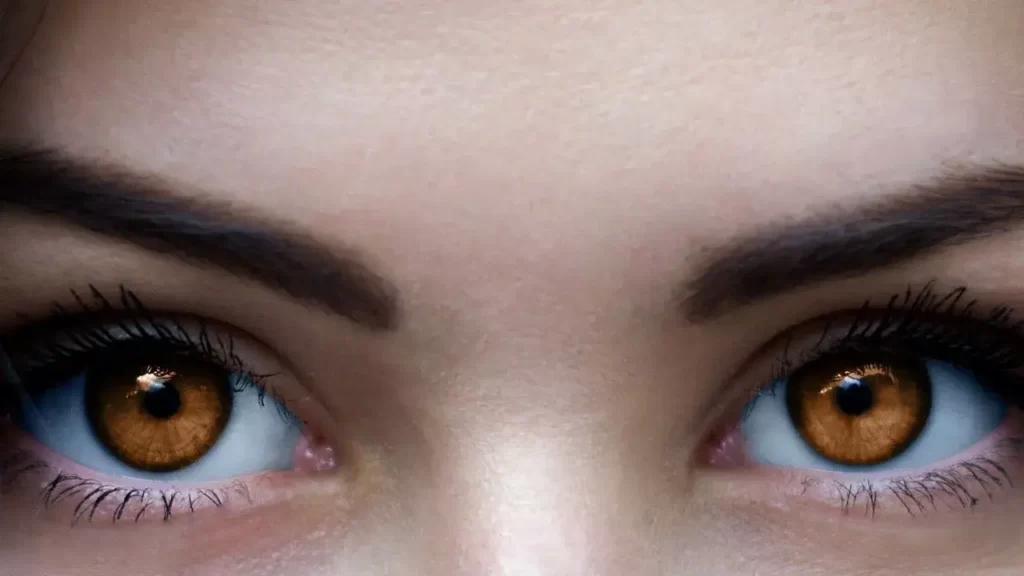
Amber eyes, Hazel-Colored Eyes, and brown-colored eyes
While both amber and brown eyes contain the same pigments, amber eyes have more pheomelanin (lighter red or yellow hues) than brown eyes do eumelanin (darker red or brown hues) (dark brown-black). Amber eyes are more translucent than brown eyes. The eyes exhibit a yellow or reddish-orange hue, with Amber displaying a brown tint. The eyes are brownish-hued, while the rest of the body is yellowish or reddish-orange.
The remainder of the body is a yellowish or reddish-orange color, with brownish-hued eyes. Though they are sometimes mistaken, hazel and amber are really very different colors for eyes. More so yet, the ocular features of those with hazel eyes often show a mix of brown and green tones. Amber’s eyes don’t even faintly show green.
Green eyes vs. hazel eyes
Rayleigh scattering gives both hazel and green eyes their color, but the two are different because of how light is spread out in the lens and the amount of melanin present. This is thus because, occasionally from the outside of their pupils, hazel eyes feature a lot of melanin in the center. Their unique green-brown color results from this quality.
Unlike hazel eyes, green eyes have a reduced melanin content which produces a consistent green hue. Brown is the most common eye color in the vicinity of the eye. The eye color can vary from a deep shade of brown to a lighter shade of brown, or even a shade resembling honey brown.
Blue eye color
People with blue eyes have less melanin than those with any other eye color. Blue eyes are thought to be caused by a change in a single person’s genes. This is the most sought-after and scarce eye color hue.The color of hazel eyes fluctuates based on clothing and lighting conditions. In hazel eyes, the hues brown, green, amber, and blue are seen.
Can i change my eyes to hazel or amber-honey colors?
Modern techniques such as “Lumineyes” can change eye color. My Lumineyes can guarantee your safety and effective outcomes. Clearly, natural outcomes are superior benefit of laser eye color change by Lumineyes. Laser epilation is a good example of how the method for laser changing your eye color works. My lumineyes serve as a laser epilation for my eyes,it does not harm other tissues. The outcome of a procedure depends on ophthalmologist knowledge and laser precision.
Lumineyes Xtra laser eye color change surgery” is the newest and most innovative use of the Lumineyes method. In summary, a laser with unique capabilities activates brown or dark pigmented cells in the iris, resulting in a light blue,amber,honey,hazel or green color.
Is it okay to put honey in your eyes?
Many people know that honey can heal and help with health problems. It’s well known that honey is good for your skin, stomach, and overall health, but did you know that you can also use it on your eyes? Yes, you are correct! Honey not only imparts a delicate sweetness to your meal and provides you with several essential nutrients, but it also improves your eyesight! Additionally, it helps prevent inflammation and eye infections! Learn how to utilize honey for your eyes so that the next time you have eye redness, itching, or irritation, you can just dab a touch of honey on your eyes for rapid relief!
Topically applied honey reduces inflammation and pain in the eyes. It may also kill germs that could be the source of an eye infection. Though there is no scientific proof to back up this assertion, some people consume honey to try to gradually change the color of their eyes.
Does consuming honey lighten my eye color?
Honey diminishes the color my eyes? really? There is no actual proof that honey can alter the color of an eye’s eyes; however, there is an urban legend that honey can be used to do this. Applying honey to change eye color is a mistake. The eye color is determined by the iris, a structure located in the center of the eyeball, and not by any material deposited on the outer layer of the eye. The introduction of foreign substances may expose the eye to potentially dangerous irritants and toxins. A safer method of eye color change is “Lumineyes eye color changing” procedure.
Can black eye color change to an amber color?
It is impossible to change eye color in a natural way. It menas you can not change your black eyes to amber eyes in natural ways. Also you can not achieve this with eye-color-changing foods or drops. As an eye color change surgery, that is, with keratopigmentation and iris implant surgery, only artificial eye color is obtained, and this will never replace the natural amber color. So how can I change my eye color from black to amber? The answer to this is one: “Lumineyes laser eye color change procedure. With this method, you can easily have amber eyes. Moreover, the results are completely natural and safe.

